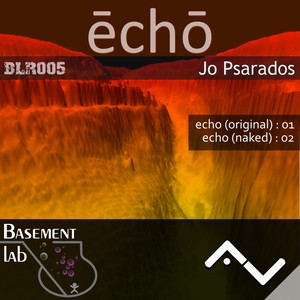
- 歌曲
- 时长
简介
According to Greek mythology Echo was a Nymph who had the job of talking incessantly to Hera, the Queen of the Gods, so that her husband, Zeus, would not get caught in his numerous affairs. Hera caught on to Echo's trick and cursed her to only be able to say what others had just said hence the word "echo". An echo can be explained as a wave that has been reflected by a discontinuity in the propagation medium, and returns with sufficient magnitude and delay to be perceived. Echoes are reflected off walls or hard surfaces like mountains and privacy fences. This illustration depicts the principle of sediment echo sounding, which uses a narrow beam of high energy and low frequency When dealing with audible frequencies, the human ear cannot distinguish an echo from the original sound if the delay is less than 1/15 of a second. Thus, since the velocity of sound is approximately 343 m/s at a normal room temperature of about 25C, the reflecting object must be more than 11.3 m from the sound source at this temperature for an echo to be heard by a person at the source. Sound travels approximately 343 metres/s (1100 ft/s). If a sound produces an echo in 2 seconds, the object producing the echo would be precisely that distance away (the sound takes half the time to get to the object and half the time to return). The distance for an object with a 2-second echo return would be 1 sec X 343 metres/s or 343 metres (1100 ft). In most situations with human hearing, echoes are about one-half second or about half this distance, since sounds grow fainter with distance. In nature, canyon walls or rock cliffs facing water are the most common natural settings for hearing echoes. The strength of an echo is frequently measured in dB sound pressure level SPL relative to the directly transmitted wave. Echoes may be desirable (as in sonar) or undesirable (as in telephone systems). Descriptions in 2013 are so so unnecessary, when music searcher is able to just hit "play" and listen to the track it self in less than a second!







